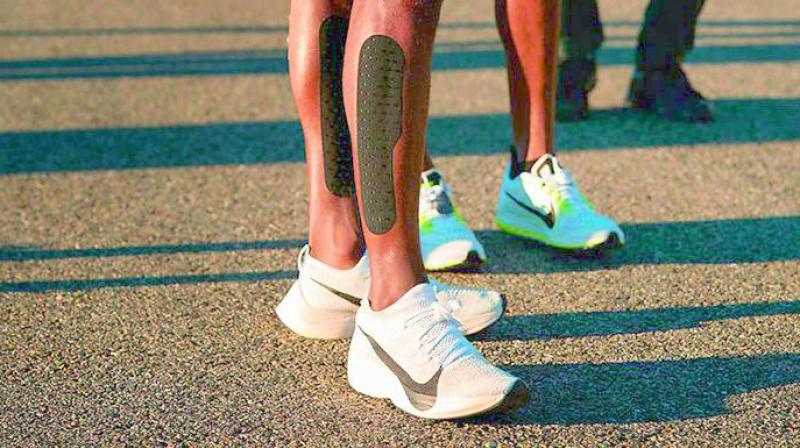Speed King: 2-hour marathon, a shoe-in soon

When Abebe Bikila stormed through the historic streets of Rome at the 1960 Olympics to win the marathon gold, the slightly-built Ethiopian would hardly have imagined that something he didn’t have that day would become so integral to success in the event steeped in Greek romanticism: Shoes! Bikila, the first sub-Saharan African to clinch an Olympic gold, showed the way for a stream of Ethiopians and Kenyans in the marathon with his sensational effort.
The Ethiopian did retain his gold at the 1964 Games in Tokyo, albeit with shoes, but there was something magical about his feat, or feet if you like puns, four years earlier. If the distance of a little above 42 km wasn’t enough to put him through the wringer, Bikila added another round of agony by going barefoot! It’s inconceivable that a top runner can eschew shoes these days, even in a local marathon run on the highlands of Kenya, leave alone the exalted route of the Olympics. Shoes are as intrinsic to running as feet themselves these days.
Earlier this month, US apparel giant Nike made an audacious bid, through the reigning marathon Olympic gold medallist Eliud Kipchoge, to crack the two-hour barrier at Monza, Milan. The marathon was run on lap format and the use of interchangeable pace setters made it ineligible for record considerations. A super special shoe, named Zoom Vaporfry Elite, was the technological dope the Kenyan Olympic champion used in the run. Although Kipchoge was on course to go under two hours up to around 32 km, he ran out of steam towards the end. The Kenyan finished the race in 2:00.25. The current world record of 2:02.57 was set by Dennis Kimetto, also from Kenya, at Berlin in 2014.
It would be easy to have a go at Nike for using the Milan marathon for a marketing blitzkrieg to push yet another magical shoe at the expense of unsuspecting elite runners, but Kipchoge’s blistering run can’t be brushed aside. According to Nike, a lot of research had gone into the making of the designer shoe, which has a variant for the market in the name of Zoom Vaporfry 4 per cent. Nike says runners can expect 4 per cent more efficiency when they use the Vaporfry line as opposed to normal long-distance running shoes including its own.
What makes Vaporfry so efficient? Vaporfry is designed to be less taxing on the runner and, in turn, is faster. Its heel is shaped like a boat with a thick layer of foam used across the sole to absorb pressure. Carbon-fibre plates inside make it springy. According to a writer of a tech website who used the Nike product for a half-marathon, 4 per cent gave him a feeling of being on wheels. He also felt pushed on to his toes while wearing the shoes. With the shoe design of Vaporfry not violating any law laid down by the International Association of Athletic Federations, one can only expect Nike to step up its R&D efforts to enable Kipchoge, who appears best suited at the moment, to have another crack at a sub two-hour marathon. Kipchoge might also need support from nature. For instance, the heat at Monza was a little bit above ideal as it hampered the efforts of the Olympic champion. Running with pace makers is a double-edged sword. While being useful to maintain a pace that is required to go under two hours, it forces the athlete to give up his natural style.
Breaching the two-hour mark will surely be a landmark occasion like Roger Bannister’s mile under four minutes in 1954. But it must be accomplished in an event watched by the masses, like the Olympics or the world championship, to remain in public memory forever. Kipchoge would any day prefer the Olympic gold he achieved in front of thousands of adoring spectators at Rio de Janeiro and millions of viewers on TV to a historic feat achieved in front of Nike’s research team. An Olympic gold would bequeath all the glory to the runner while a sub two-hour marathon overseen by Nike has the potential to make the shoe more popular than the runner.

